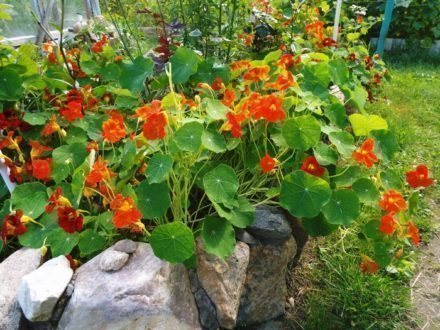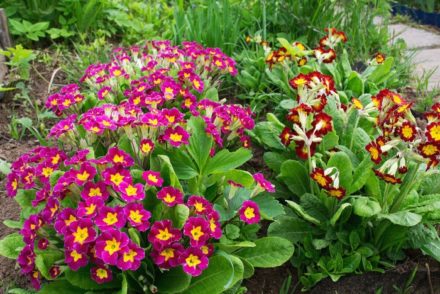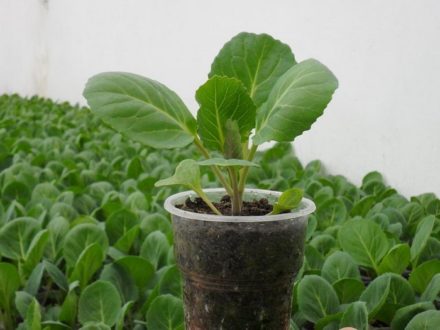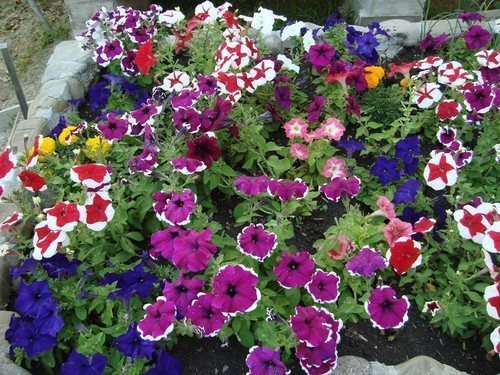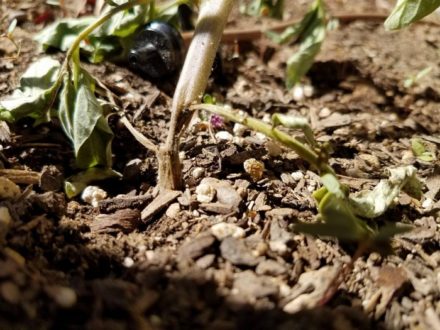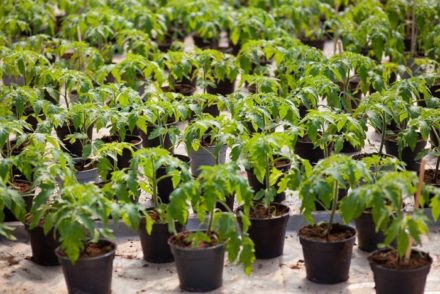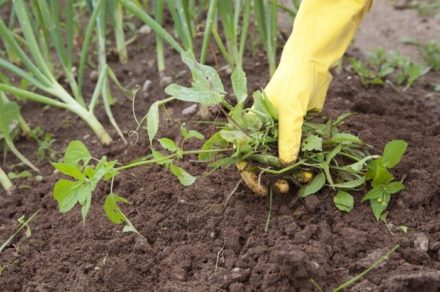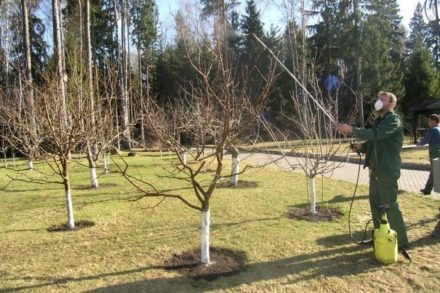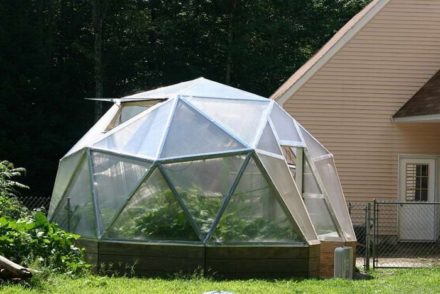Bright, lush salvia is becoming increasingly popular among gardeners every year. In flower beds and pots, salvia can brighten up even the most dull area. But in order for the decorative relative of sage to bloom well and please the eye, you need to grow strong and stable seedlings. It seems there is nothing complicated about this, but there are still some nuances.

Prepare the seeds
What kind of seedlings there will be depends on the quality of the seed material. It should not be rotten or dry. And if the seeds were collected manually, then such material must be disinfected. To do this, the seeds are placed in a gauze bag and soaked for 10–15 minutes in a hot solution of potassium permanganate. After which the seed material is washed in clean water and dried on a dry towel.
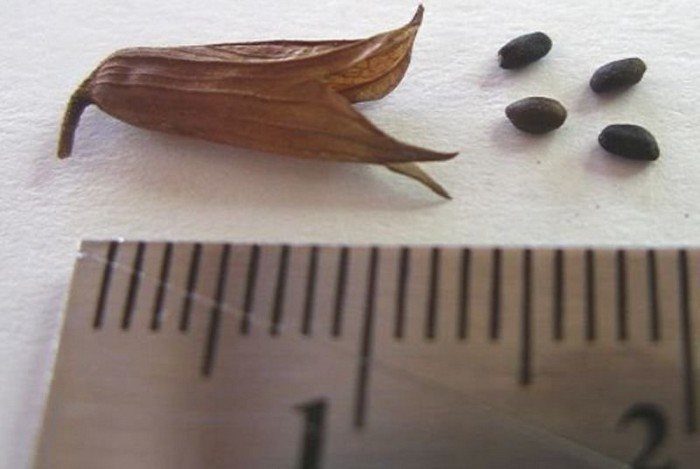
It is worth noting: there is no need to soak purchased seeds in potassium permanganate; they are already prepared for planting by the manufacturer.
Prepare neutral soil
To obtain early ripening seedlings and subsequently powerful seedlings, the quality of the soil is very important. In specialized stores you can buy universal soil, which has a neutral pH and already contains nutrients. It is ideal for planting seeds, but this does not mean that you can only use it.
Gardeners themselves prepare nutritious soil for salvia. To do this, mix peat, leaf soil and river sand in equal parts.All ingredients of the soil mixture must be sifted through a sieve so that the soil is light and airy.
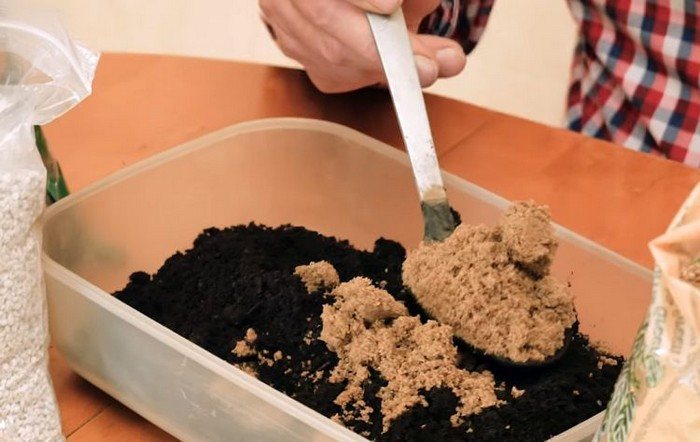
Do not overdry or over-moisten the soil
Salvia seeds should be planted in moist, but not wet soil. During the period before germination and during the further process of growing seedlings, the soil should not be allowed to dry out, so regular watering is carried out 1-2 times a week. But excess moisture will also be detrimental to salvia.
To avoid this problem, drainage holes are made in flower growing containers. And watering should be done through a tray.
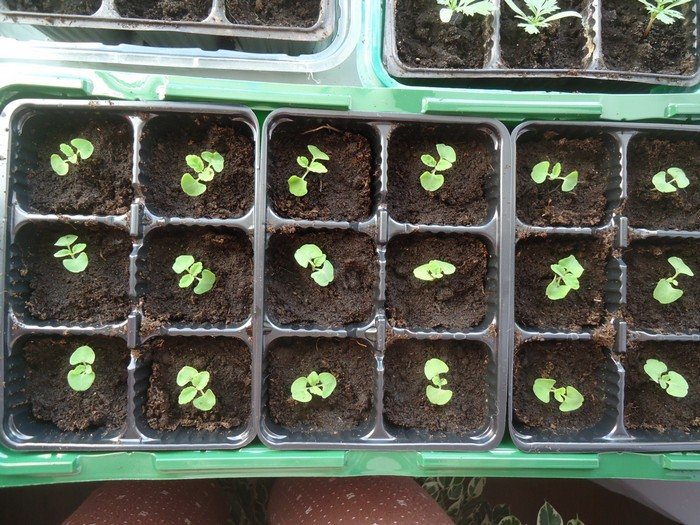
Make two picks
5–6 weeks after germination, the first picking is carried out, but it must be taken into account that picking is not done if the sprout does not have two permanent leaves. Salvia sprouts are planted at a distance of 8–10 cm from each other or distributed into individual containers.
3-4 weeks after the first “transplant”, a second one is performed. During this period, the seedlings are planted in separate deep cassettes, since the root system of the salvia will already be powerful.
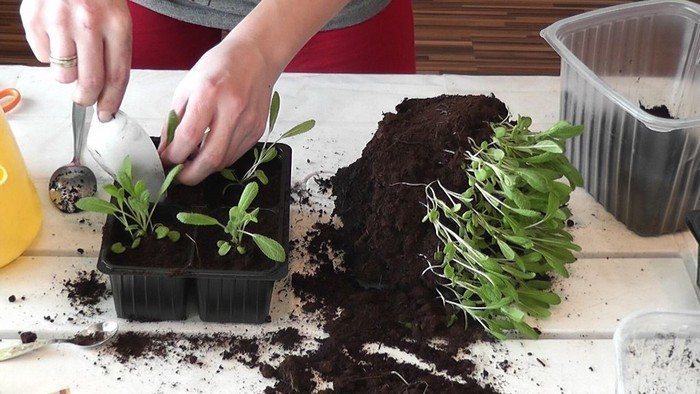
Don't save on electricity
Like any plant, salvia needs light for active growth. But even if the seedlings are on a well-lit windowsill, you can’t do without a phytolamp. The thing is that seedlings need at least 12 hours of light, and in February - March, when sowing occurs, there is much less daylight. Therefore, in the morning before sunrise and in the evening it is necessary to turn on additional lighting.

In order for salvia to delight you with its flowering all summer, you need to work hard at the stage of growing seedlings.This may be a tedious process, but the plant will more than reward you.


